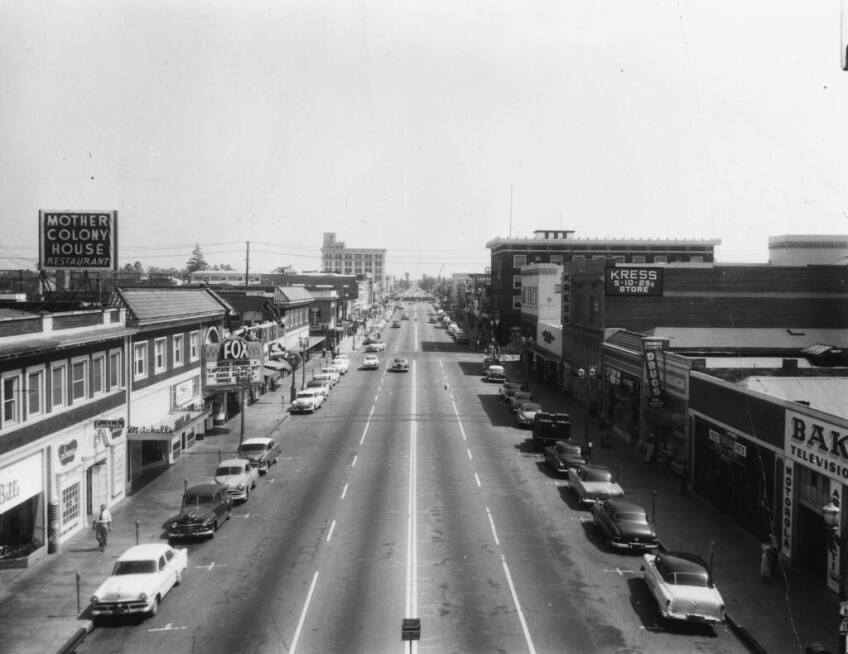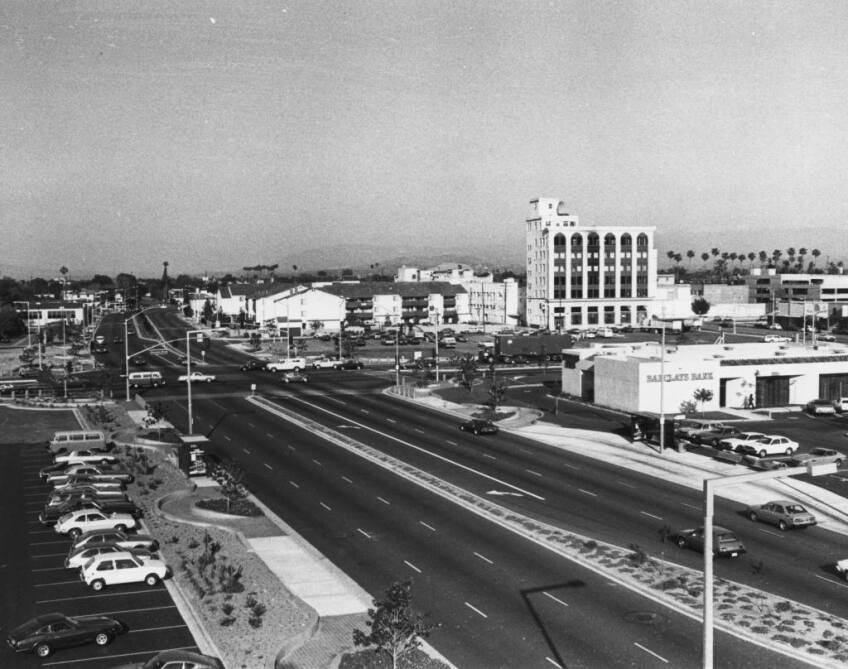How Disneyland's Main Street, USA, Changed the Design and Preservation of American Cities

Walt Disney didn't set out to revolutionize urban design when he created Disneyland – that's what his Experimental Prototype Community of Tomorrow, or EPCOT, was for. But whereas EPCOT never became more than a sort of permanent world's fair, it was Disneyland and especially its Main Street, USA, that ultimately changed the way we think about the built environment.
It's hard to overstate how radical a constructed cityscape Main Street, USA, was when it opened in Anaheim in 1955. Across the U.S., cities and towns were tearing out their historic downtowns in favor of automobile-oriented cityscapes: sprawling parking lots, streets built to highway specifications, large insular buildings that spurned the city outside.
Among the tens of millions of Americans who strolled into Disneyland, this modern mode of city-making drew unfavorable comparisons with what they experienced on Main Street, USA. It felt good to walk through Disney's city, with its varied facades and approachable architecture. Pedestrians were even welcome in the roadway, which they shared with motorcars and horse-drawn railcars.
But could Disney's nostalgic reimagining of small-town America actually change the way architects and planners approached cities? That's the conclusion architectural historian Vincent Scully – an unforgiving critic who oncewrote that Disney "so vulgarizes everything he touches that facts lose all force" – reaches in his foreword to Beth Dunlop's "Building a Dream: The Art of Disney Architecture" (1996):
In the period of the 1950s and 1960s when Disney came up with Main Street, it and indeed all traditional urbanism was despised by modern architects and planners alike. Disney, with whatever hokum, revived it, and in doing so brought into being a public awareness of architecture's fundamental dimension, which has to be that of the town, the city, the human settlement entire. So the visitors to Main Street, pedestrians all, and looking for all the world like actors in a play—how affecting that was, because the city is, after all, a theater for human acts—took back home with them the unshakable conviction that their own Main Streets might be saved from the automobiles and the shopping malls and all the horrors of Redevelopment that were destroying them everywhere.


But Main Street, USA, did more than provide a foil to modernist urban design. It also, Scully writes, inspired Americans to think more carefully about their architectural heritage:
...for whatever complicated reasons, Historic Preservation grew stronger every year from the opening of Disneyland onward, and the incomparably popular mass movement it represents is beginning to bring to fruition everywhere those revivals of the vernacular and classical traditions of architecture, and of traditional urbanism, which Disneyland, as perceived by Charles Moore long ago, so effectively suggested. This has been the great architectural achievement of the past generation, and Disneyland plays an honorable part in it.
Ironically, sadly, that great architectural achievement came too late for Anaheim's real downtown.
Ironically, sadly, that great architectural achievement came too late for Anaheim's real downtown. In 1973 – just 18 years after Disneyland's opening – Anaheim enacted its imperiously named Redevelopment Project Alpha, erasing much of its historic core in the name of urban renewal, leaving Main Street, USA, as one of the city's few remaining pedestrian-oriented streetscapes.
A version of this article first appeared on Gizmodo's Southland subdomain on June 18, 2014.




